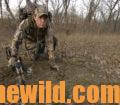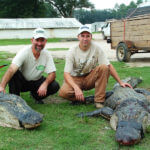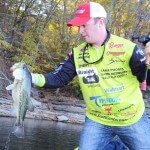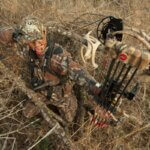Editor’s Note: Through the years in any hunting camp I’ve been in, a track expert, who can tell the size, sex and age of a deer by its tracks, always has been in residence. I’ve stalked deer before that the width of their tracks has convinced me they’re bucks. Also I’ve had hunters tell me that seeing the dew claws as part of the deer track is a definite indication that the animal that has made the track is a buck. Because so much misinformation exists about deer tracks, and what information they can communicate to those of us who hunt, I’ve talked to wildlife biologists and avid deer hunters to learn the truth about deer tracks.
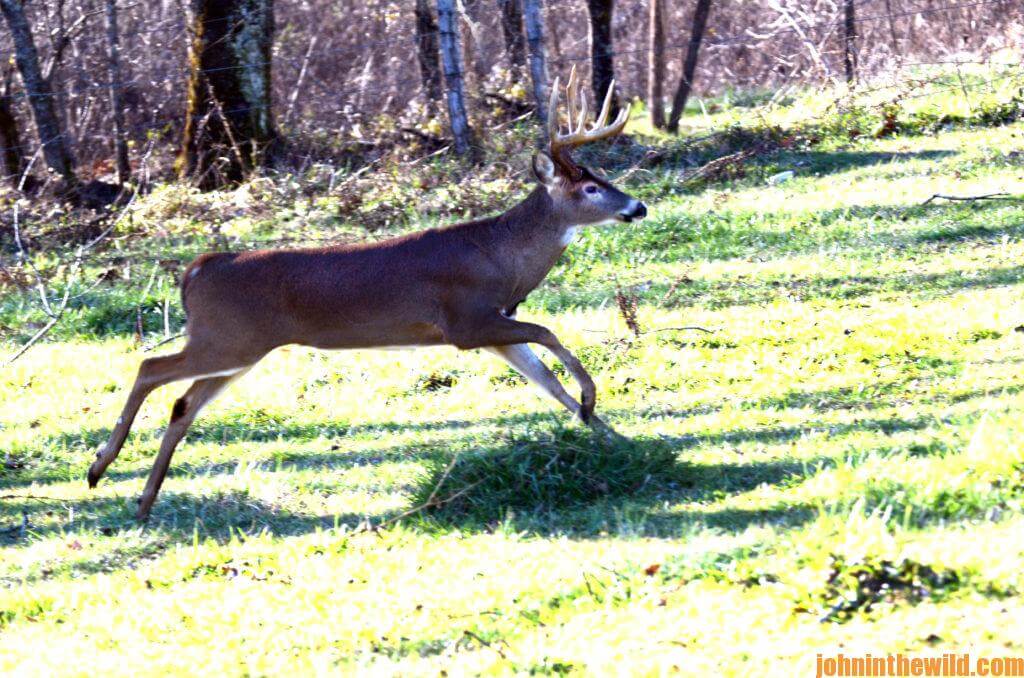
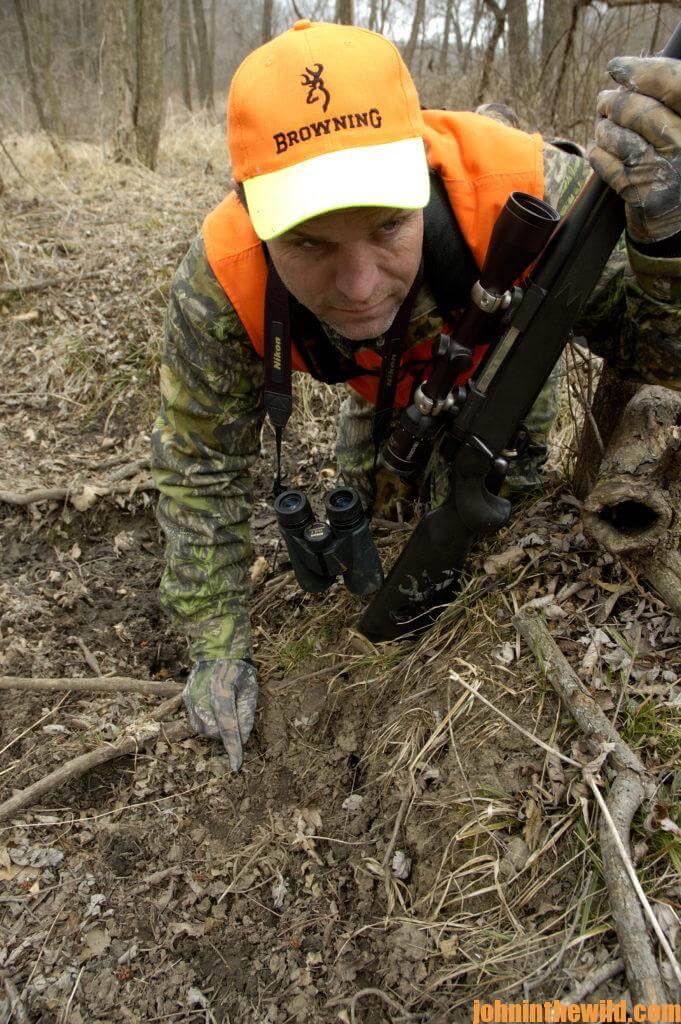 We’ve also asked deer researchers if you can tell from a deer’s tracks whether an animal is running or walking. If the deer you’re tracking is running, probably you or something else may have spooked the animal, which is alerted and may be very difficult to stalk. But if the tracks reveal the deer is walking, a good chance exists that the deer hasn’t been alarmed and may be easy to stalk. Dr. Keith Causey, retired professor of Wildlife Science at Auburn University in Auburn, Alabama, says, “Usually you can tell whether a deer is walking or running by the distance between the tracks as well as whether the toes are spread on the impact from running. If a deer is wounded, obviously one of the legs will be impaired tremendously, and the animal will put much-less weight on that leg than on the other. The wounded foot will leave a lighter track.”
We’ve also asked deer researchers if you can tell from a deer’s tracks whether an animal is running or walking. If the deer you’re tracking is running, probably you or something else may have spooked the animal, which is alerted and may be very difficult to stalk. But if the tracks reveal the deer is walking, a good chance exists that the deer hasn’t been alarmed and may be easy to stalk. Dr. Keith Causey, retired professor of Wildlife Science at Auburn University in Auburn, Alabama, says, “Usually you can tell whether a deer is walking or running by the distance between the tracks as well as whether the toes are spread on the impact from running. If a deer is wounded, obviously one of the legs will be impaired tremendously, and the animal will put much-less weight on that leg than on the other. The wounded foot will leave a lighter track.”
Do Dew Claws Tell You a Buck Has Made That Track?
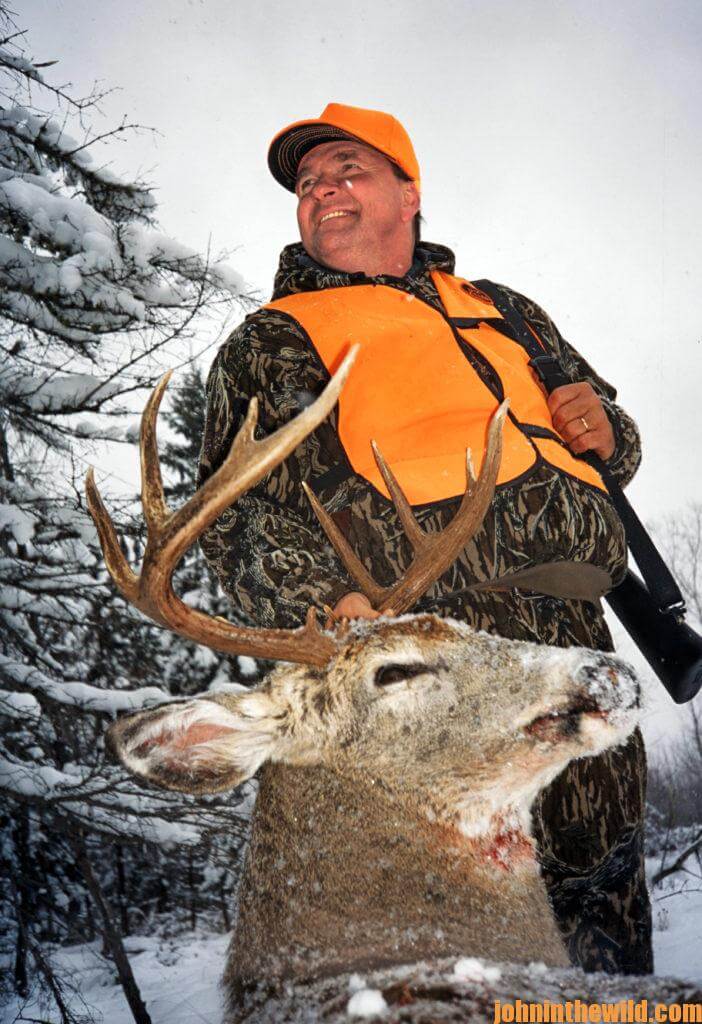 Horace Gore, retired wildlife biologist at Texas Parks and Wildlife, answered this question with, “No. Often the size of the animal and the medium the track is being placed in will determine the depth of the print and whether or not a dew claw is apparent in the print. In soft mud or clay, even the track of a yearling deer may reveal a dew claw. In a freshly-plowed field, the print of a dew claw can be present as part of the track. However, a very-large buck walking across rock or hard clay may not leave a big track at all, much less a dew claw print.”
Horace Gore, retired wildlife biologist at Texas Parks and Wildlife, answered this question with, “No. Often the size of the animal and the medium the track is being placed in will determine the depth of the print and whether or not a dew claw is apparent in the print. In soft mud or clay, even the track of a yearling deer may reveal a dew claw. In a freshly-plowed field, the print of a dew claw can be present as part of the track. However, a very-large buck walking across rock or hard clay may not leave a big track at all, much less a dew claw print.”
Why Are Deer Tracks That Go in Both Directions Important?
Dr. Bob Sheppard, avid bowhunter and deer-hunting instructor at various schools, has learned that finding a trail with tracks going in both directions often signals he’s at a deer hot spot. “One of the best places to find this kind of trail is in a funnel area where the terrain is necked-down by two, different types of converging habitats. Deer will move back and forth along to the other section of woods. Before when I’ve set-up my tree stand near a trail with tracks going in both directions, I’ve seen deer all day long. To me, a trail with two-directional tracks is one of the most-productive places for a hunter to take a stand.”
Longtime wildlife biologist Bob Zaiglin emphasizes how important locating trails that meet or intersect is to seeing more deer. “You can look at deer trails in two ways. If the trail goes in two directions, you don’t know where the deer are moving to – right or left. But also you may think that several deer are in the region, and they’re all coming to this point. For instance, in certain geographical areas, trails come from all different directions with a pivot point where they cross. Where trails cross usually is a productive place to concentrate your hunting.”
As Gore mentions, “Obviously if you find a trail with tracks going in two directions, the deer probably are moving to a food supply and coming back to bedding. If the tracks only are going one way, then you don’t know necessarily what the deer are doing. However, if the tracks are moving in two directions, then you possibly can intercept those deer because they’re coming and going, rather than just going. If a deer moves out in a forage area at night and returns to the bedding ground in the daytime, a good time to be along this trail is just at daylight when the deer are returning.”
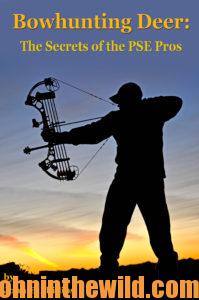
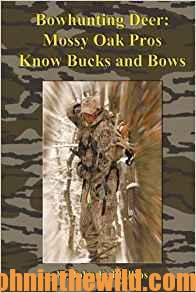 To learn more about hunting for deer, check out John E. Phillips’ bowhunting books, available in Kindle, “Bowhunting Deer: Mossy Oak Pros Know Bucks and Bows” at (http://amzn.to/1QGvdQx) and “Bowhunting Deer: The Secrets of the PSE Pros” (http://amzn.to/VBr1qW).
To learn more about hunting for deer, check out John E. Phillips’ bowhunting books, available in Kindle, “Bowhunting Deer: Mossy Oak Pros Know Bucks and Bows” at (http://amzn.to/1QGvdQx) and “Bowhunting Deer: The Secrets of the PSE Pros” (http://amzn.to/VBr1qW).


